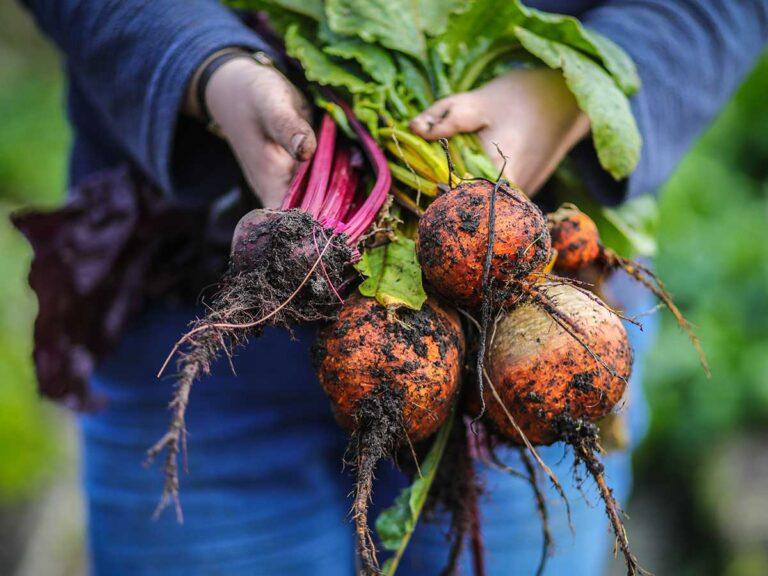
Reducing emissions from suckler beef herd
Cattle farming in Scotland accounts for 26% of total agricultural output – what strategies could be adopted to balance the nation’s red meat production and deliver Scotland’s net zero targets?
In the search for a solution that could satisfy high profitability and sustainable environmental performance, a recent study draws attention towards high input grazing and medium duration beef finishing systems.
The ‘Modelling alternative management scenarios of economic and environmental sustainability of beef finishing systems’, by Kamilaris et al, combines a bio-economic simulation model and farm-level carbon footprinting tool to study the environmental impact of a range of beef production scenarios, and trade-offs generated between mitigating emissions and increasing farm profitability.
Researchers investigated the environmental impact of a range of beef finishing systems, as well as the trade-offs generated between mitigating emissions and increasing farm profitability, using Scotland as a case study.
Findings suggested that pasture-based systems have a central role to play to sustainable beef production systems.
These systems belong to a range of “win-win” realistic scenarios that are found to achieve a balance on a profitable and more environmental-friendly beef production.
The complexity of beef systems means that appropriate carbon mitigating strategies depend on local conditions, requiring tailored entry points to be identified and evaluated.
The livestock industry is recognised as an important source of greenhouse gas (GHG) emissions linked to climate change. Beef production attracts more attention than since it contributes around 41% of the total sector emissions on a global scale.
The complexity of beef systems means that appropriate carbon mitigating strategies depend on local conditions, requiring tailored entry points to be identified and evaluated.
This study combined a bio-economic simulation model focused on temperate grassland-based beef systems with Agrecalc (developed in alignment with IPCC (2006) Tier I and II methodology and is PAS2050 certified) to measure greenhouse gas emissions.
First, the study constructed environmental and economic scenarios for the most common systems currently in Scotland and then explored strategies to address both low profitability and potential GHG mitigation.
The focus was the fattening stage of beef production, comparing different systems and management practices. A “gate-to- gate” approach was adopted, where the main costs concerning the post-weaning period of cattle production until slaughtering the animals were included in the model.
Nevertheless, we need to highlight here that the systems examined here did not include the cow-calf phase, even though it is recognised to have the main impact on the total carbon footprint associated with beef production, regardless of the finishing strategy.
Several factors have been identified as having a key impact on the emissions intensity of production, including the finishing type and diet, the gender of the animals and the duration of the finishing period.
Promoting pasture-based beef production systems will have wider socio-economic implications in terms of increased rural employment, rural tourism, and recreation by preserving distinctive features of the rural landscape with historic and aesthetic significance, as well as other valuable ecosystems services.
Results on profitability and environmental performance reveal two distinct groups for both steer and heifer systems; one includes the long finishing period systems and the other the short and medium duration systems.
Long period grazing systems have low emissions per animal but score low in profitability with negative net margins in all cases. In contrast, most of the medium and all of the short duration systems were profitable but show higher emissions intensity
Interestingly, despite the higher profitability demonstrated from the intensive systems, medium systems for finishing steers and heifers at 18 and 19 months do score similarly on profitability and reducing GHG emissions.
Research revealed a range of realistic scenarios for high input grazing medium duration beef production systems that managed to achieve a balance on both profitable and more environmentally friendly beef production.
To further support the case for medium duration grass-based beef finishing systems, other studies on alternative beef forage-based systems have also reported promising results in terms of their potential as mitigation strategies to balance GHG emissions produced, especially for systems with animals grazing on improved pasture and systems employing adaptive multi-paddock grazing.
This observation is especially important for Scotland, where opportunities may be found for finishing systems, where a proportion of grass is included in the diet, resulting in high-value products from grass-fed animals that could potentially offer higher returns.
Well preserved grasslands may also have a positive effect on long-term soil fertility. Plus, promoting pasture-based beef production systems will have wider socio-economic implications in terms of increased rural employment, rural tourism, and recreation by preserving distinctive features of the rural landscape with historic and aesthetic significance, as well as other valuable ecosystems services.

Cattle farming in Scotland accounts for 26% of total agricultural output – what strategies could be adopted to balance the nation’s red meat production and deliver Scotland’s net zero targets?

Carbon emissions have become a hot topic across all industries over the last few years, and agriculture, contributing to 23.9% of Scotland’s greenhouse gas emissions, is no exception to the discussion.